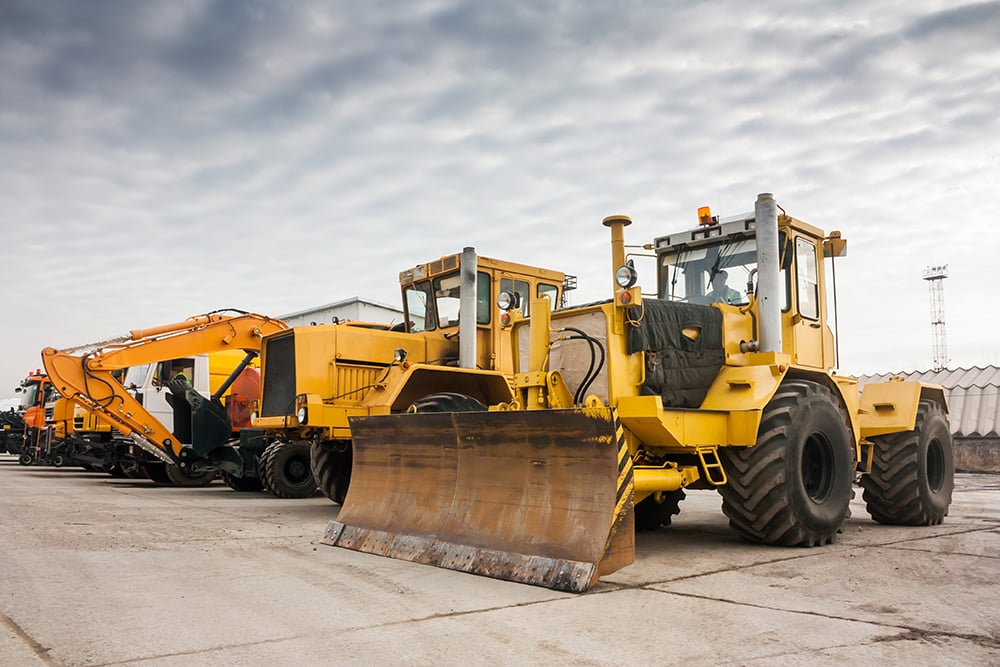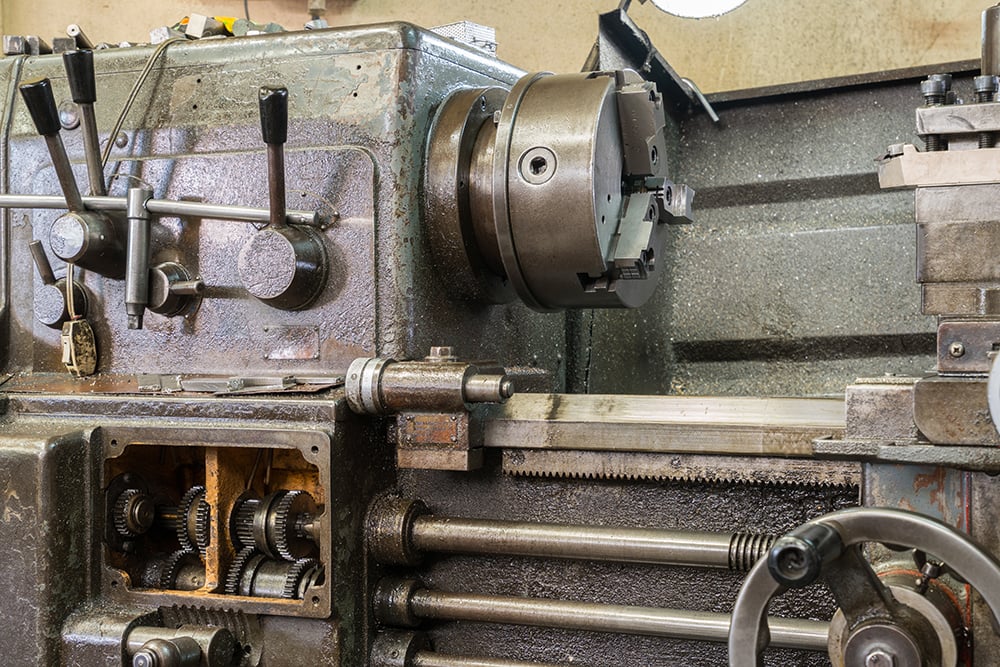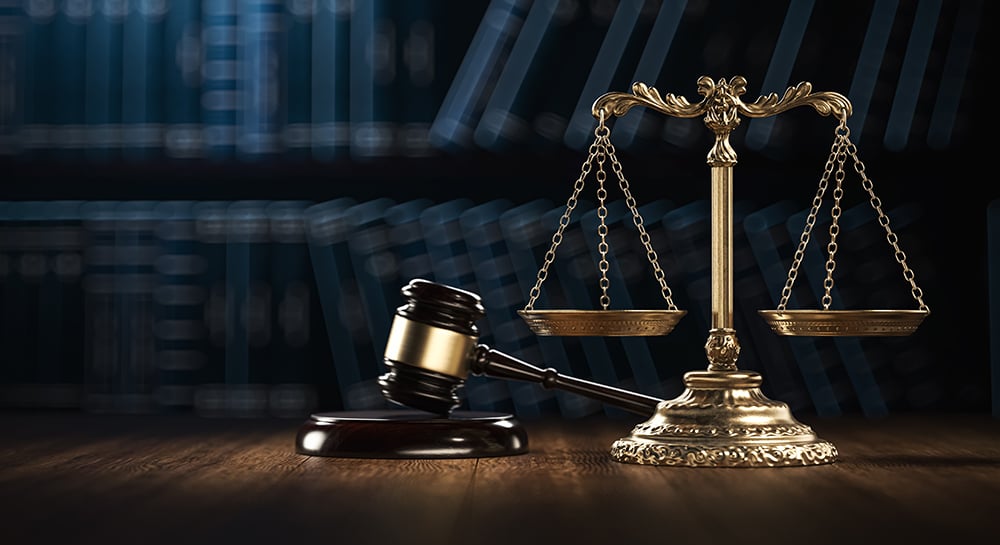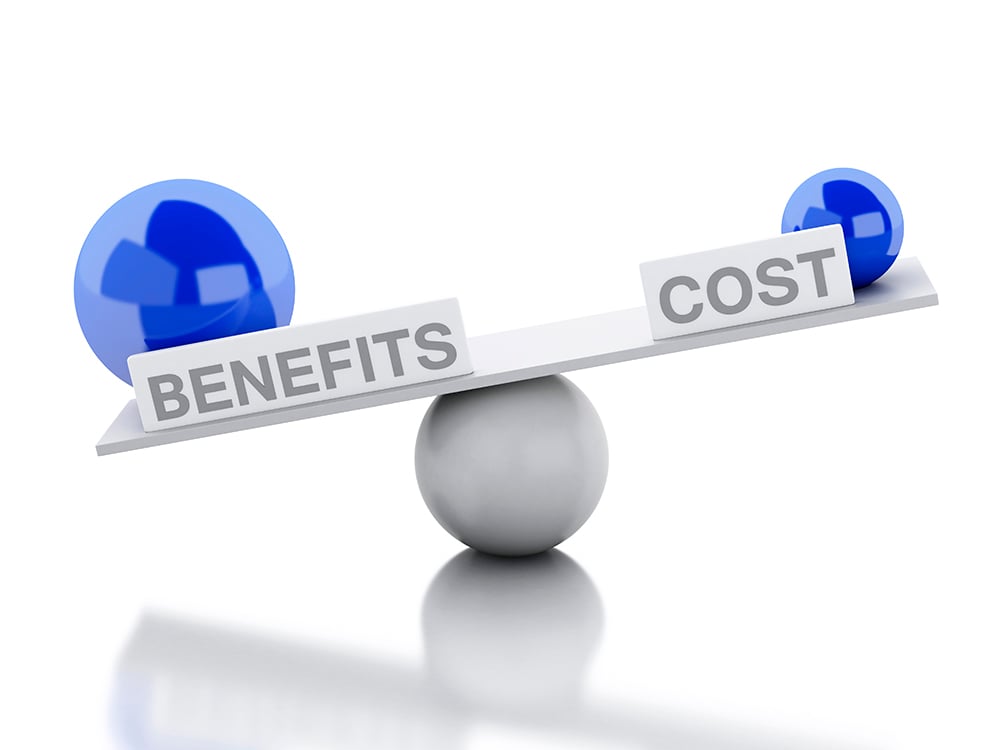
At least once a year, business owners will take stock of their current operation, while planning for the coming year, determining what changes may need to be implemented to continue on a successful track. One of these improvement areas might pertain to the sale of certain used equipment, which are now considered too old to maintain effectively or are in excess of existing production needs.
It can be challenging to take this project on alone, and fortunately, there are options you can consider that can facilitate the process. Here are a few to think about:
Sell or Trade to Your Dealer
Similar to selling your personal cars or trucks, the first place you might think of is the dealer who sold you the equipment when it was brand new. If you’re looking to replace your older assets with new models of the same manufacturer, the local dealer should provide you with trade-in options. Even if you don’t plan on buying a new machine, they may offer to purchase it outright at or near a trade-in level value. If not, they may agree to broker your used equipment through their resale networks for a reasonable commission once sold.
Listing in Online Trade Journals
There are several reputable national websites available to consider listing your used equipment with. Virtually any type of machinery or vehicle is supported by these platforms. They offer a large network of sellers the ability to list their assets with exposure to thousands of potential buyers. You can include photos, detailed specifications, asking prices, and your direct contact information with the listing. If you are not in a rush to liquidate your used equipment, you might want to consider this option as it may ultimately realize a higher resale value for a low cost.
Auctions
The auction industry continues to grow every year and provides sellers with an option that is a one-stop, fully managed effort, from the marketing, resale, pickup, and delivery of your used equipment. The booming growth of online auctions, especially post-pandemic, makes this option even more attractive, as the number of potential bidders has expanded to those who cannot physically attend the sale. The auction route has more costs and risks, given the ease of the process and more immediate outcomes. You should, therefore, research and determine the best auctioneer to work with who can mitigate these concerns for you.





